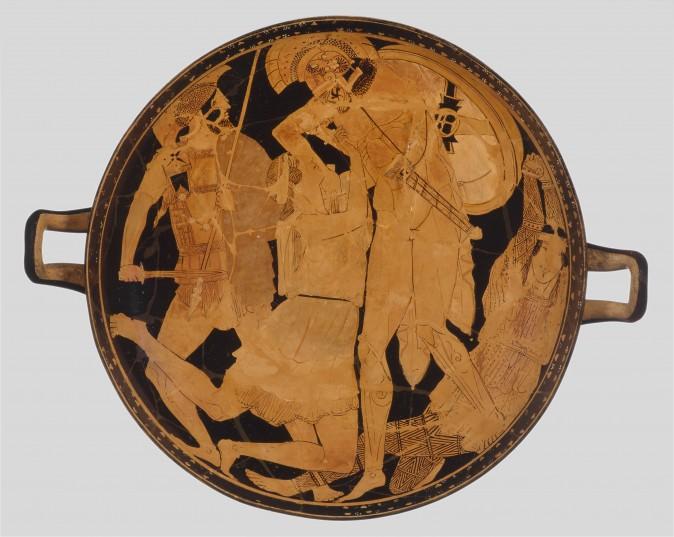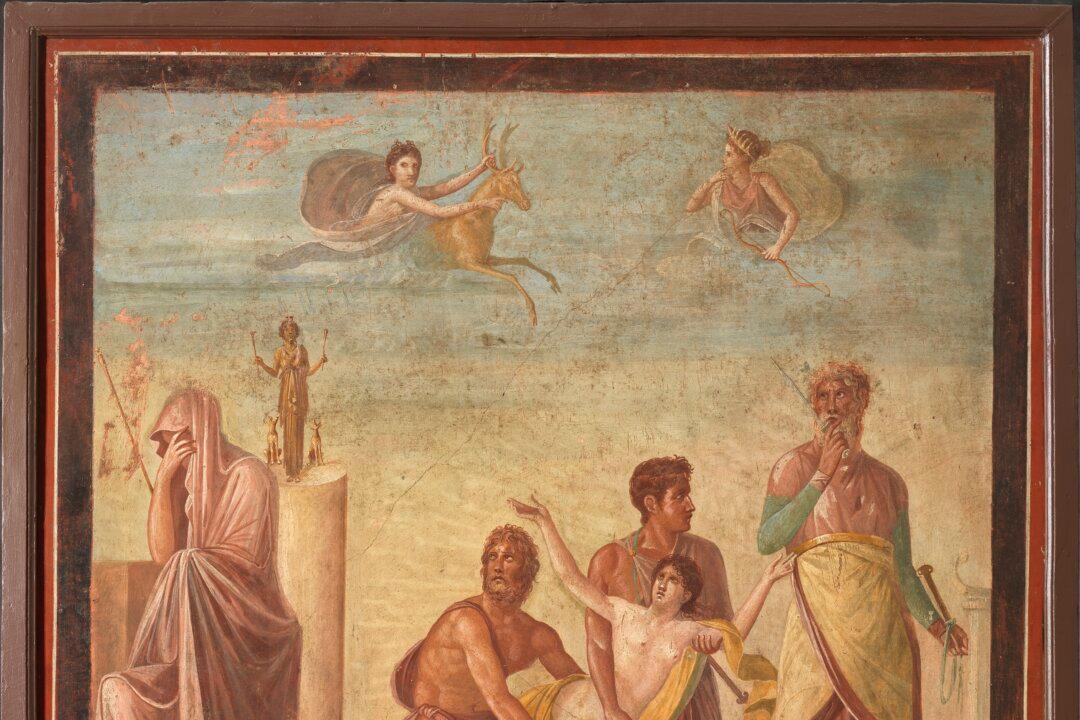NEW YORK—“Think of your father.” These words bring the Greek war hero Achilles to tears when the Trojan king, Priam, requests the delivery of his son’s mutilated body for burial. Achilles had bound the body of Priam’s son Hector behind his chariot and dragged it around the walls of Troy in a fit of rage over the death of a dear friend. Priam then summoned the humility to kneel before Achilles, kissed the hand of his enemy, and made his request.
Upon hearing Priam’s words, Achilles foresees how one day his own aging father might mourn the death of a son. With that realization, his anger transforms into grief. The Trojan king and the unbreakable Greek hero weep together, united by their shared humanity.
The ancient Greeks were well acquainted with representing intense emotions, as Homer elucidated in verse after verse in the “Iliad” (circa 700 B.C.), one of the oldest existing poems in Western literature.
From the very beginning, “the ‘Iliad’ is all about the wrath of Achilles and its consequences. These are not the cute emotions [emoticons] that you get on the iPhone,” said Michael Djordjevitch, a lifelong student of architecture and fellow of the American School of Classical Studies at Athens, who currently teaches art history and architecture at the Grand Central Atelier and works for design studio Atelier & Co. in New York.
“Oh, this is a great collection,” he said, looking around the exhibition and interrupting himself mid-sentence.







